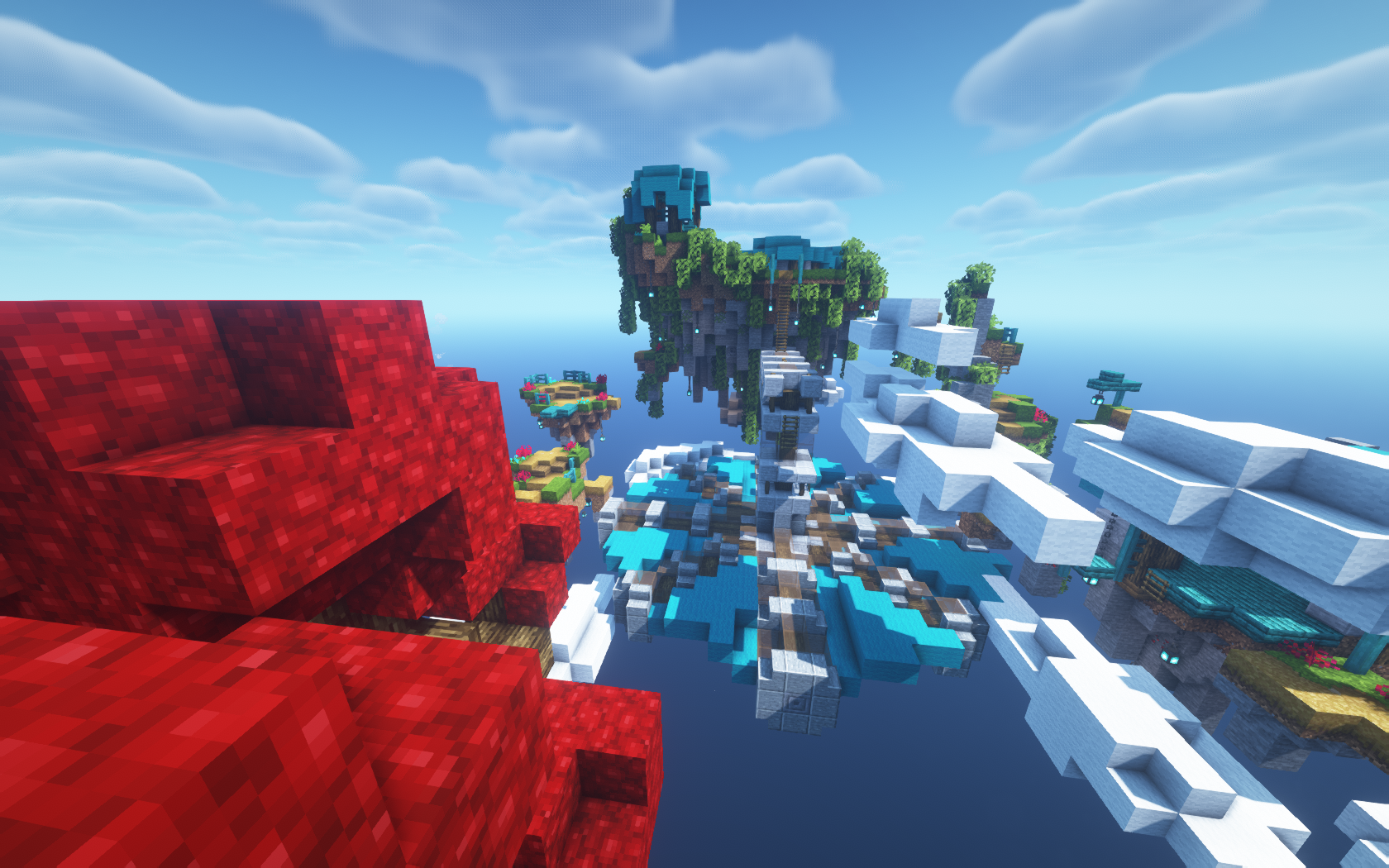ⓘ OVERVIEW
PVP Playground is a loadout-focused movement shooter. This project aimed to bridge the gap between the class play of hero shooters and the customizable loadouts of other AAA titles. Movement is highly customizable and freeform to make melee weapons viable in an otherwise FPS setting.
☆ FEATURES
- Fluid movement system: crouch, slide, dropkick, and wall jump around the map
-
Fully customizable loadouts with interchangeable characters, weapons, weapon mods, abilities, items, perks, and cosmetics
- Make as many loadouts as you want and swap between them ingame
- Loadouts let players create their own playstyles: rain down status AOEs from above, hit-and-run with chargeable weapons and movement abilities, or swarm the opponent with clones
- Weapon modding system to further tweak and customize your playstyle
- Customizable 3-part weapon skins with over 100 colors and textures to mix and match
- 5 characters suited for different playstyles
-
29 melee/ranged weapons with unique abilities
- Steamgun: a sniper with extreme recoil, doubling as a mobility tool
- Trifecta: transforms between sword, spear, and axe modes with different playstyles
- Versa: can parry attacks to return incoming status effects to sender
- 2 complete, detailed maps
⌨ DEVELOPMENT
I developed this project in Unreal Engine 4. It was my first time developing a 3D, Unreal Engine, or networked game, so it was very challenging. I modelled and animated in Blender, textured with GIMP and Aseprite, and made a ridiculous number of weapon skin shaders in Unreal.
PVP Playground taught me to design and implement data structures and systems. I created systems for handling loadouts, damaging players and attributing damage to its source, applying statuses, custom networked movement, weapon/character attributes, etc. The skills I developed on this project were massively useful for later system-heavy games like Gata Guressi and CONDUCTOR.
I also learned a lot about level design. I found that floating islands maps are great at allowing players to move between areas freely while, on a greater scale, limiting them to node-based progression which can easily be planned around. This came in handy when designing the village for Head in the Clouds, a game that had to be completable in under 5 minutes. Using level design to block sight lines and explicitly determine which areas are visible from which angles was also useful when designing Sandboard's levels to guide the player in certain directions.
Overall, this project prepared me for university very well. It was definitely too ambitious for my skill level at the time, but aim for the stars, land on the moon.


Fun fact: this game is actually an adaptation/extension of a Minecraft map I made during the COVID lockdown, which featured the same focus on loadout customization. The map Cloud Islands and most of the weapons are directly adapted from the original. The latest iteration of this game is now over on my Minecraft map Pooty Games.